nasty little white grubs
WickedHeart
18 years ago
Featured Answer
Sort by:Oldest
Comments (44)
jean001
18 years agoWickedHeart
18 years agoRelated Professionals
Lyons Landscape Architects & Landscape Designers · Panama City Landscape Architects & Landscape Designers · Quincy Landscape Architects & Landscape Designers · Salem Landscape Architects & Landscape Designers · Ashburn Landscape Contractors · Beachwood Landscape Contractors · Estelle Landscape Contractors · Pikesville Landscape Contractors · Salem Landscape Contractors · Sun Valley Landscape Contractors · Citrus Heights Swimming Pool Builders · Northridge Window Contractors · Sherman Oaks Window Contractors · Vista Park Window Contractors · Mineola Window Contractorsjenn
18 years agoWickedHeart
18 years agoCAstarter
18 years agoTessyt
18 years agotom_mato
18 years agoTessyt
18 years agosaxophone
18 years agoTessyt
18 years agojean001
18 years agotom_mato
18 years agoSachis2112
18 years agolaunate
18 years agoWickedHeart
18 years agojean001
18 years agosaxophone
18 years agotracyjo
18 years agolaunate
18 years agobejay9_10
18 years agojean001
18 years agoSachis2112
18 years agoMaureen Janda
18 years agojoei
16 years agojean001
16 years agopeachiekean
16 years agoeloise_ca
16 years agoyoureit
16 years agoelladog
16 years agodebbysunshine
16 years agotwotzus
16 years agooscys1776
15 years agohosenemesis
15 years agoeloise_ca
15 years agojean001
15 years agoJillberto
15 years agojolj
13 years agoThornberry
13 years agobiggestdog
12 years agokathy1953
12 years agohosenemesis
12 years agoLaurel Zito
12 years agopeterbb
12 years ago
Related Stories

KITCHEN DESIGNHow to Keep Your White Kitchen White
Sure, white kitchens are beautiful — when they’re sparkling clean. Here’s how to keep them that way
Full Story
HOUSEKEEPING20 Things You Might Be Forgetting to Spring-Clean
Clean these often-neglected areas and your house will look and feel better
Full Story
BATHROOM DESIGNLovely Little Luxuries: Pamper Yourself With Towel Warmers
Heat your robes, dry delicates and wet mittens — with these warmers around, toasty treats go beyond just towels
Full Story
PRODUCT PICKSGuest Picks: Little Houses
Scale down your love of the home with these itsy-bitsy house-inspired accessories
Full Story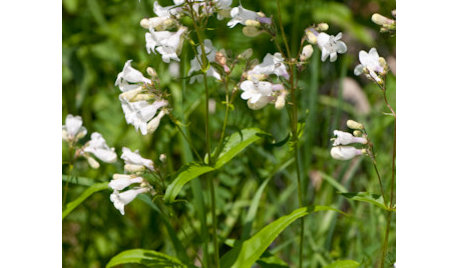
GARDENING GUIDESGreat Design Plant: Try Penstemon Digitalis for Showy White Blooms
Bees gather nectar from this North American native while you’ll appreciate its unthirsty nature and soil tolerance
Full Story
BEDROOMS11 Reasons to Love White Bedding
For easy bedding that makes neutrals sing and accessories pop, look to the white side
Full Story
HOUZZ TOURSMy Houzz: Going White and Bright in Montreal
White lacquer and wider doorways help create an airer backdrop for colorful contemporary art in a 1910 Arts and Crafts home
Full Story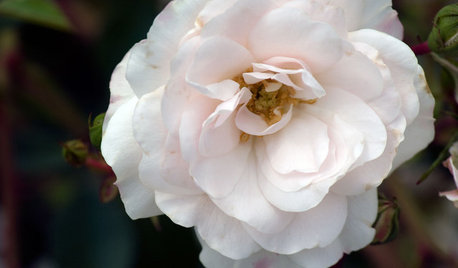
GARDENING GUIDES5 Favorite White Roses for a Purely Beautiful Garden
How does your garden glow? With roses that look like light and smell divine
Full Story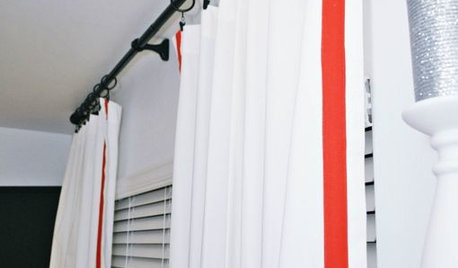
WINDOW TREATMENTSEmbellishing Tricks for Cost-Effective Custom Curtains
Get curtains that look high end — even if you don't sew — with just a little trim here or a little banding there
Full Story
KITCHEN DESIGNKitchen of the Week: Going Elegant and Bright in a 1900s Home
Dark and closed off no more, this Atlanta kitchen now has a classic look, increased natural light and a more open plan
Full StoryMore Discussions






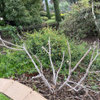
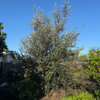
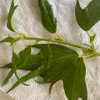

lgteacher